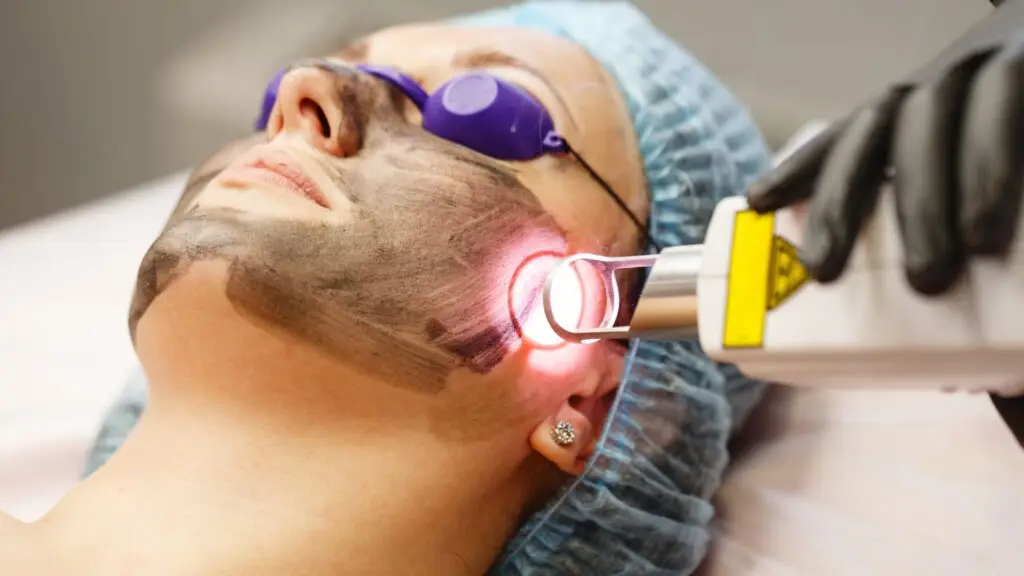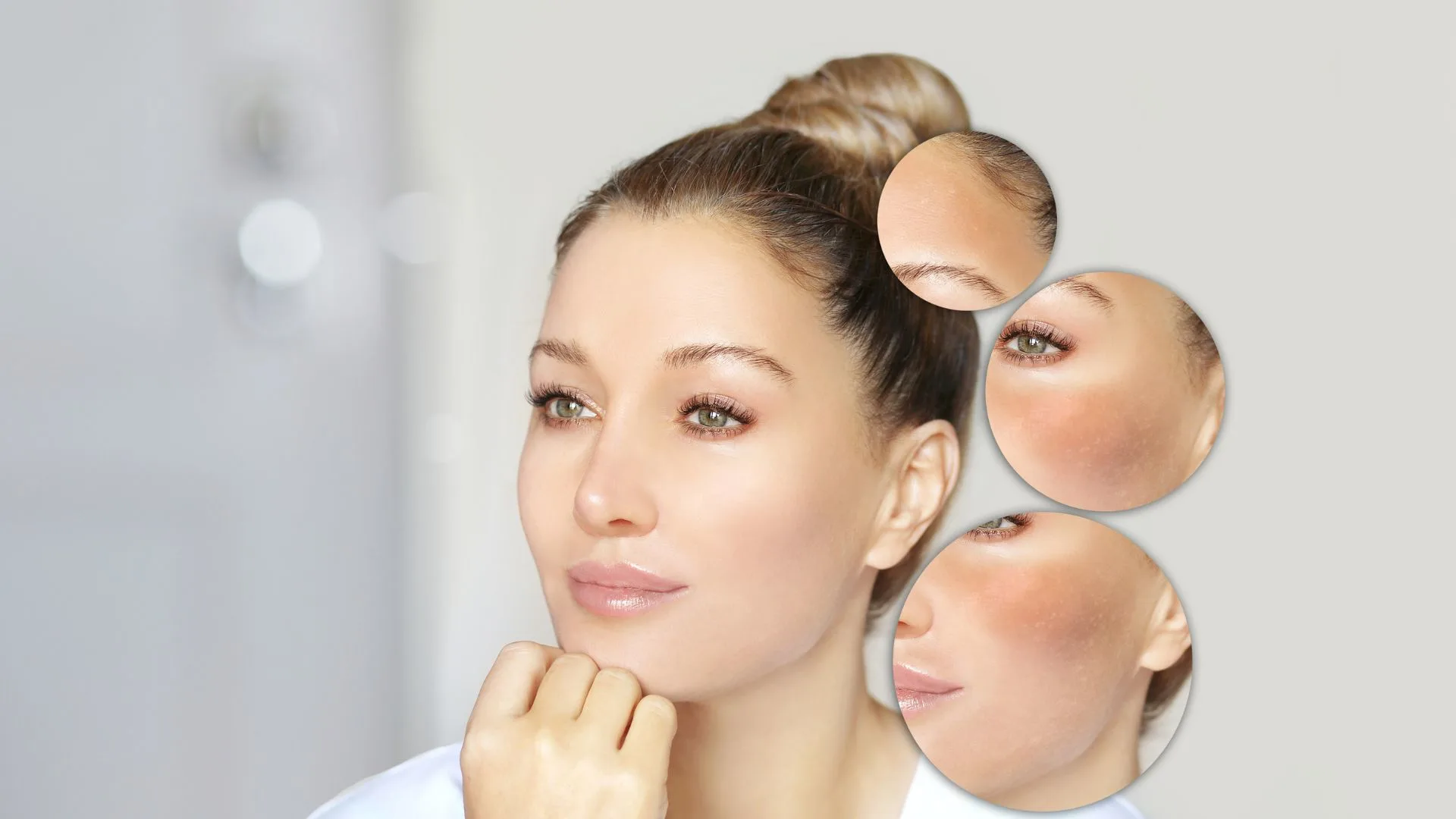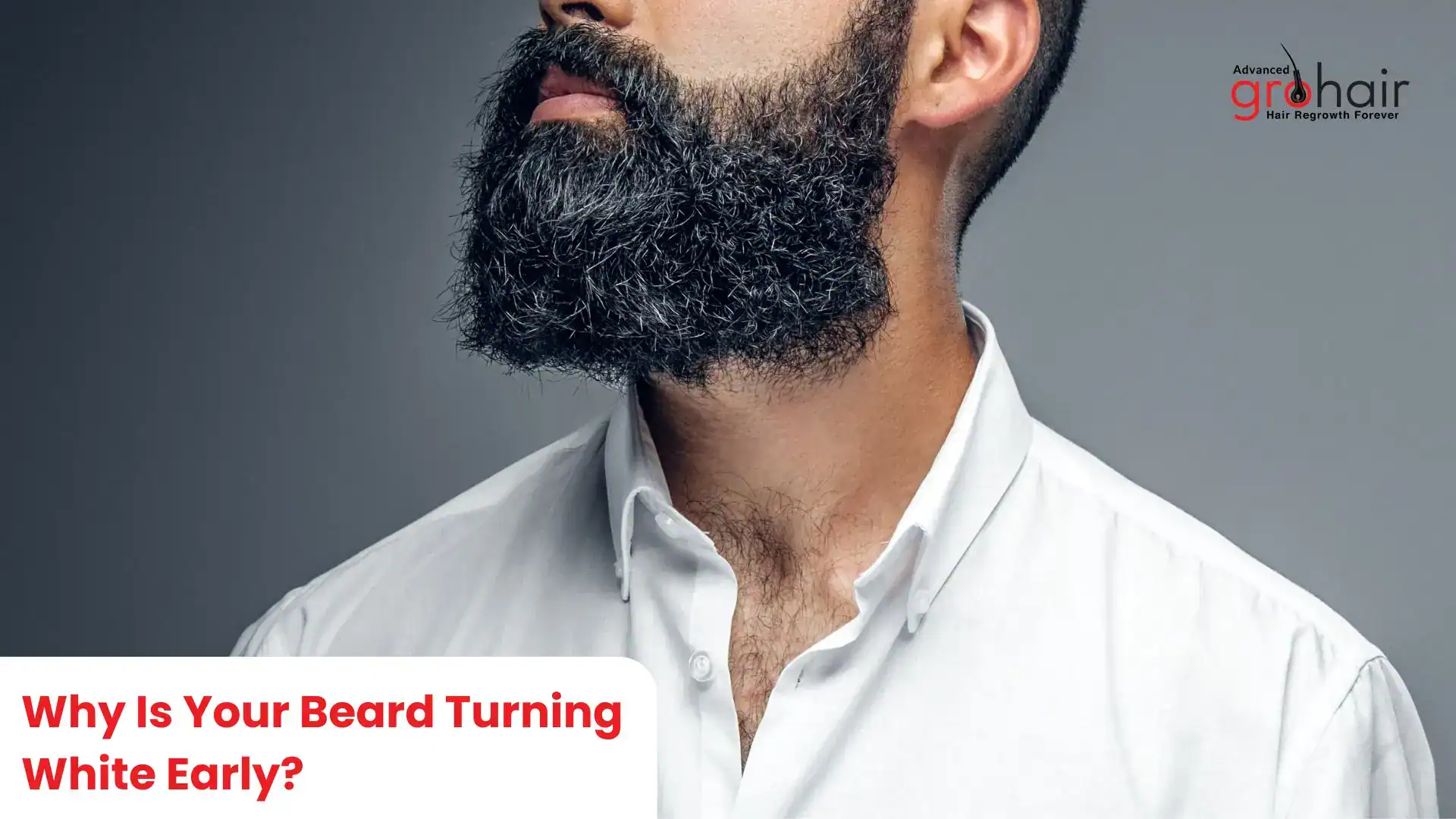Q Switch Laser for Pigmentation | Laser Treatment That Works

Pigmentation — it appears when you least anticipate it, lingers longer than you’d prefer, and frequently leads you to wonder if your skin will ever be “clear” once more.
Be it sunspots from carefree beach days, melasma instigated by hormonal changes, or scarring resulting from a breakout — pigmentation problems can significantly impact your feelings regarding your skin.
Whereas there are many creams and home remedies that promise to remove pigmentation, the results are usually patchy or short-lived. That’s where advanced dermatology comes in — and specifically, Q-Switched Laser technology.
This blog deconstructs how this revolutionary laser treatment removes tenacious pigmentation, how it works, and what to expect. It’s painless, harmless, and best of all — it attacks pigmentation at its core, not just on the surface.
Let’s dig in on how Q-Switched Laser revolutionized pigmentation treatment, and why it could possibly be the boost your skincare game needs.
Understanding Pigmentation & Its Causes
Before proceeding with the treatment, let us learn about the issue.
Pigmentation is how your skin is colored, and it is decided by melanin — a natural coloring that is created by the skin cells. When the pigment is made in excess, it can lead to spots or patches that are lighter than the rest of your skin.
There are various forms of pigmentation:
- Sunspots: Induced by excessive sun exposure. They normally appear on the face, neck, and hands.
- Melasma: Induced by hormonal imbalance, usually during pregnancy or because of contraceptives.
- Post-inflammatory hyperpigmentation: Dark marks remaining after acne, injury, or skin therapy.
- Freckles: Often genetic, but darkened by sun exposure.
Pigmentation doesn’t just make your skin tone uneven — it can age your appearance and affect your self-confidence. And unlike a pimple, it doesn’t fade easily over time.
Factors like UV exposure, genetics, hormones, and skin trauma can all cause melanin to go into overdrive. So if you’ve been layering serums without seeing results, the issue might be deeper than your skincare can reach.
What Is Q-Switched Laser Treatment?
Q-Switched Laser is a laser therapy in dermatology utilised to break and diminish pigmentation without causing injury to the surrounding tissues.
Let’s break down the word:
Q-Switched is a mode of the laser pulse — it releases energy in very short pulses (nanoseconds).
These quick pulses cause a “photoacoustic” effect — i.e., the laser breaks up excessive melanin into very small pieces without burning or heating the skin.
It is most commonly performed with the Nd: YAG Q-switched laser, which is Indian skin colour-safe and can be used for the treatment of an extensive range of pigmentary conditions.
Q-switched lasers are more intense, more precise, and less prone to post-treatment pigment deposition or burning when compared to other earlier laser technology.
It is a first-line treatment for:
- Stubborn pigmentation
- Uneven skin tone
- Tattoo removal
- Skin rejuvenation
While other facials or peels just act on the surface, Q-switched laser acts where the actual issue is — deep within the layers of the skin where melanin accumulates. That’s why it delivers real, visible change that doesn’t wash off in a week.
It’s not a ‘quick fix’. It’s a deep fix.
How Q-Switched Laser Works for Pigmentation
That’s where science becomes interesting — and reassuring.
The laser emits high-intensity light beams that attack melanin — the pigment causing those marks. When the laser is focused onto the melanin, it breaks it down into minute fragments.
These pigments that have been broken down are absorbed and removed by the natural lymphatic system of the body.
What sets Q-switched lasers apart is that they selectively target the pigment. They target only the pigment and don’t harm the skin around it. So there’s no scarring, no damage, and hardly any discomfort.
It penetrates not just shallow skin but also deeper layers of the skin, so it works even on recalcitrant pigmentation and dermal melasma — conditions for which topical creams can’t reach.
Bonus: The laser also stimulates collagen growth, so with time your skin appears smoother and tighter.
It also works smart. Rather than going after the skin randomly, it specifically targets the pigment — so you don’t need to worry about hurting healthy tissue. It makes it perfect for anyone in search of a safe, high-precision solution without burning or scarring risks.
Q-Switched Laser vs. Other Pigmentation Treatments
|
Treatment Type |
Best For |
Downtime |
Sessions Needed |
Safe for Indian Skin? |
|
Q-Switched Laser |
Deep pigmentation, tattoos |
Minimal |
4–6 |
Yes |
|
IPL |
Light sunspots, redness |
Mild redness |
4–5 |
Risky for darker tones |
|
Fractional CO2 |
Deep pigmentation + skin texture |
Moderate (3–5 days) |
2–4 |
Under expert care only |
|
Chemical Peels |
Superficial pigmentation |
Peeling (2–3 days) |
3–6 |
Yes (if mild) |
|
Topical Creams |
Mild cases & maintenance |
None |
Daily |
Yes |
Verdict: Q-switched laser provides the best compromise of safety, outcome, and least downtime, particularly in the case of individuals with medium to deep skin shades and recalcitrant pigmentation.
Benefits of Q-Switch Laser Treatment
It’s not about erasing marks — it’s about getting your skin back to the natural brightness and confidence.
- Battles deep pigmentation: Reaches places topical creams can’t.
- Enhances skin color: Fades imperfections and dullness, leaving your complexion glowing.
- Suitable for all skin types: Particularly effective for Indian and Asian skin tones when performed by trained professionals.
- Minimal downtime: You can return to work or your routine the next day.
- Skin rejuvenation benefits include improving texture and collagen, in addition to removing pigment.
- Proven results over sessions: Most people see significant improvement within 4–6 sessions.
- Breaks down pigment without heating your skin — which means less inflammation and quicker healing
- Scientifically backed — dermatologists recommend it for a reason
- Delivers visible results that compound over sessions, not just temporary brightening
What to Expect: Treatment Plan & Sessions
A typical Q-switched treatment session takes around 15–30 minutes.
Here’s what the process usually looks like:
Step 1: Skin Prep
Your skin is gently cleansed to remove any makeup, sunscreen, or impurities. This ensures the laser penetrates effectively without interference.
Step 2: Custom Settings
No cookie-cutter settings here. Your dermatologist tailors each session based on your skin tone, pigment depth, and sensitivity. This personalization is what sets Q-switched lasers apart — it’s precise, not generic.
Step 3: Protection
You’ll wear eye shields to protect your vision while the laser is in use. Safety first — always.
Step 4: Laser Application
The laser is directed at the pigmented areas. Most people describe the sensation as a mild tingling or like a rubber band snapping against the skin. It’s quick and tolerable.
Step 5: Cooling & Soothe
Post-treatment, a cooling gel or compress may be applied to calm any redness or warmth. Most clients can return to daily activities immediately after.
Sessions & Timeline
- How many sessions?
Typically, 4–6 sessions spaced 3–4 weeks apart. For melasma or deep-set pigmentation, a few extra sessions may be recommended. - Does the treatment area matter?
Yes — larger zones like the full face, neck, or arms take longer and may be priced slightly higher. - When will I see results?
This isn’t a magic eraser. Pigmentation fades gradually over the next few weeks as your body naturally flushes out the shattered melanin.
Aftercare Tips
Your post-laser routine is just as important as the session itself:
- Avoid direct sun exposure
- Say no to exfoliants, actives, or harsh products for a few days
- Apply broad-spectrum sunscreen daily (SPF 50+)
Reminder: Skipping aftercare = risking rebound pigmentation. Be kind to your skin between sessions.
Side Effects & Safety Considerations
When performed by a qualified dermatologist, Q-switched laser treatment is extremely safe.
That said, some mild side effects may occur, including:
- Temporary redness or swelling
- Mild itching or sensitivity
- Rarely, mild crusting or flaking
- These side effects usually subside within a day or two.
Safety tips:
- Never undergo laser treatment at salons or non-certified centers.
- Choose a clinic that uses FDA-approved technology.
- Always follow the dermatologist’s pre- and post-care instructions.
The treatment is non-ablative, which means it doesn’t wound the skin surface — significantly reducing the risk of infections or scarring.
This treatment is especially worth considering if your pigmentation has plateaued despite consistent skincare.
If you find yourself constantly switching products or layering on more concealer — this is a clinical-level solution that finally takes the guesswork out of clear skin.
Cost of Q-Switched Laser Treatment
The cost of Q-Switched laser treatment varies depending on:
- Location of the clinic – Metro cities may have higher rates
- Type and severity of pigmentation – Deeper melasma requires more sessions
- Size of treatment area – Full face, neck, or targeted spots
- Technology used – Advanced Nd:YAG Q-Switched systems may cost more
In India, the average cost per session ranges between ₹2,000 to ₹7,000.
While it may seem like a bigger investment than creams or facials, laser treatments provide long-term results and target pigmentation at the root.
Is Q-Switched Laser Right for You?
Not everyone needs a laser — but if you’ve tried serums, peels, and facials without results, a Q-switched laser may be your answer.
Best suited for:
- Stubborn sunspots or melasma
- Dull, uneven skin tone
- People who want visible results without downtime
Who should avoid it:
- Pregnant or breastfeeding women
- People with active infections, open wounds, or severe eczema
- Those with unrealistic expectations of overnight results
A thorough consultation is a must. A dermatologist will assess your skin type, pigmentation level, and medical history before recommending treatment.
Conclusion
Q-Switched Laser is not just a treatment — it’s a guaranteed route to clearer, more confident-looking skin.
Thanks to its ability to target melanin so specifically, it delivers genuine results where topical treatments come up short. It’s safe, effective, and specifically designed to treat the cause of pigmentation — not cover it up. No more crossing fingers and hoping your new serum is the answer.
Q-switched lasers get to the source, giving your skin a clean slate so you can finally stop covering up and start feeling clear, naturally. If pigmentation has made you feel like your skin isn’t “you,” it might be time to explore a solution backed by science and results.
Consult a trained dermatologist to determine if Q-Switched Laser is an appropriate solution for your skin concerns.
Frequently Asked Questions (FAQs)
How many treatments will I require to notice the changes?
4 to 6 treatments separated by 3 to 4 weeks are usually needed by most individuals. This is, however, dependent upon your skin type, the depth of pigmentation, and the form of pigmentation (melasma tends to require more than sunspots).
Will Q-Switched lasers be able to treat melasma?
Yes, but carefully. Melasma is hormone-mediated, hence an elusive condition. Q-switched laser breaks down melanin deposits but needs to be augmented with topical treatment and sun avoidance for long-term correction.
Is there post-procedure downtime?
Minimal. You might have some redness or minor swelling for a few hours. Most return to work or social life the same day.
Will the pigmentation recur?
The laser clears current pigment, but depending on your lifestyle, future pigmentation is up to you. Daily sun protection, skin care, and treatment follow-up are the secrets to maintaining it from coming back.
Are darker skin tones safe using Q-switched lasers?
Yes. Q-switched Nd:YAG lasers were actually built to be safe for Indian and darker skin types. Be sure to always see an experienced dermatologist.
What should I not do after the session?
Steer clear of direct sun exposure, active skincare products such as retinol or AHA/BHA for a few days, and abrasive scrubs. Use a gentle, moisturizing skincare routine and always wear broad-spectrum sunscreen.
Book An Appointment
Related Post



